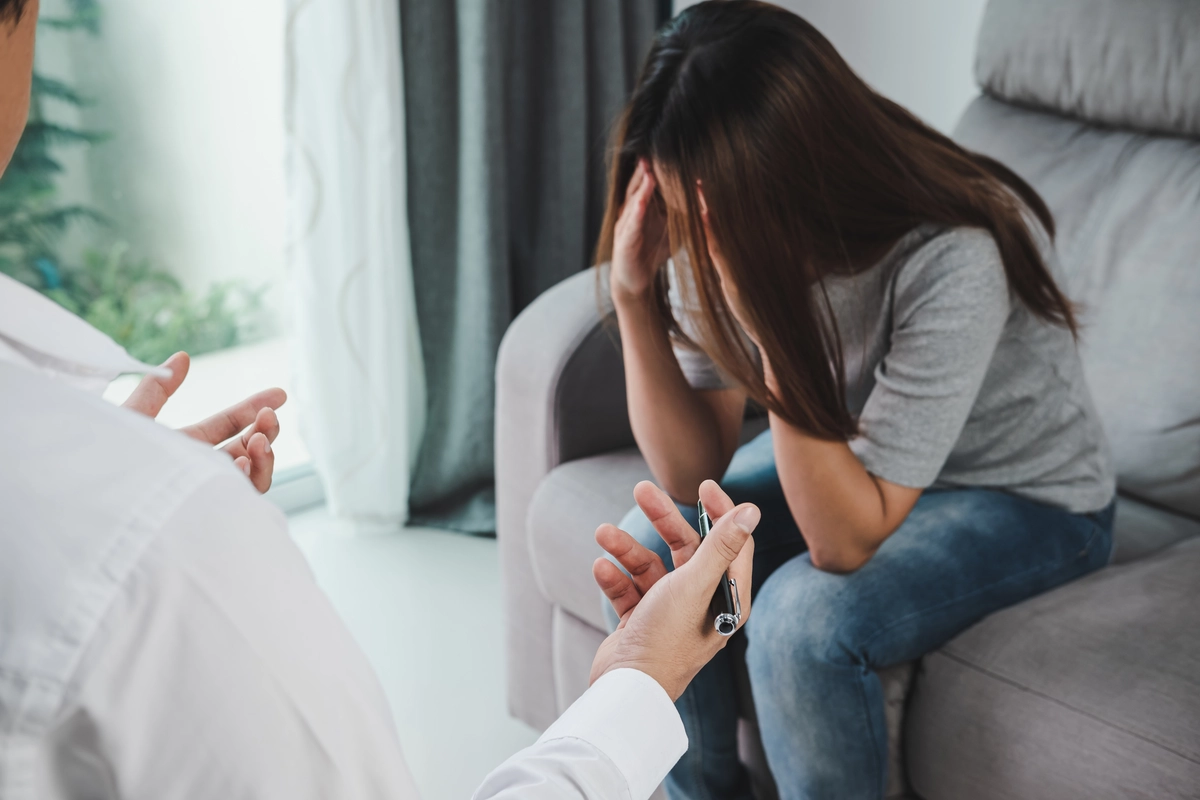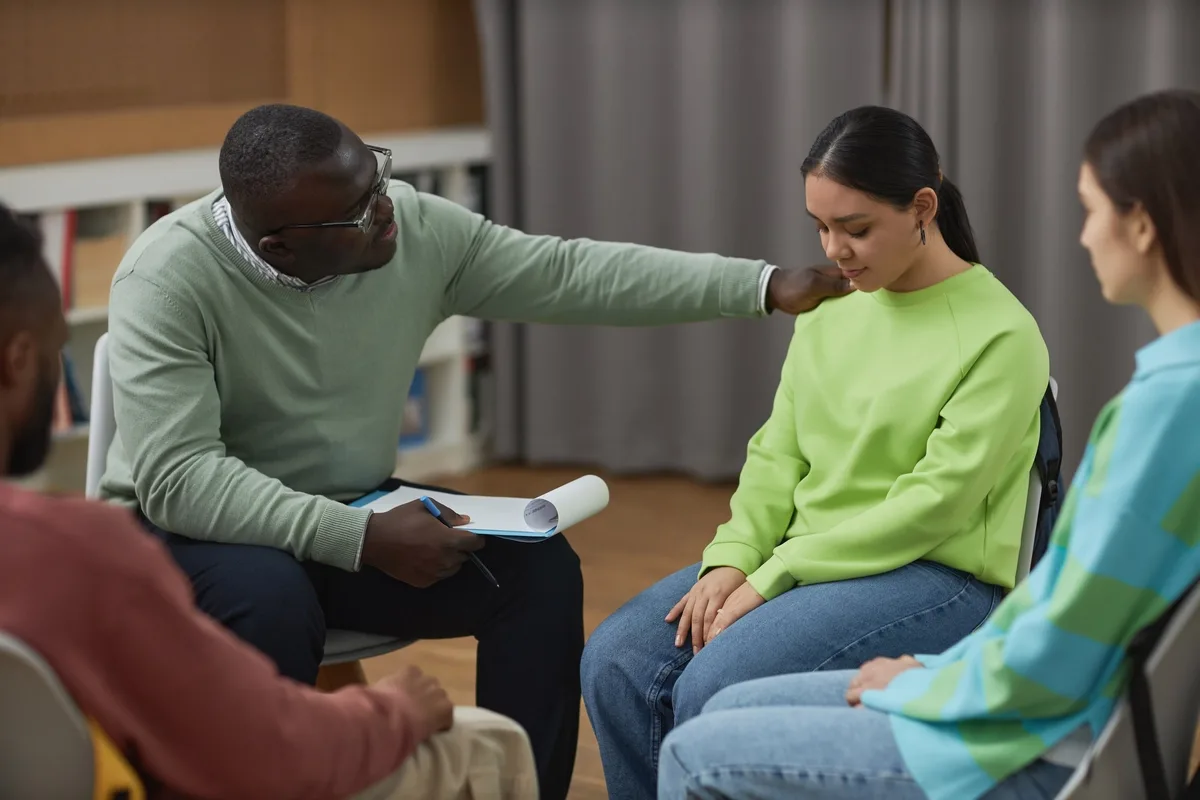24/7 Helpline:
(866) 899-221924/7 Helpline:
(866) 899-2219
Learn more about Eating Disorder Treatment centers in San Luis Obispo County
Eating Disorder Treatment in Other Counties

Other Insurance Options

Amerigroup

Ceridian

BlueShield

Holman Group

UMR

EmblemHealth

Private insurance

Highmark

American Behavioral

UnitedHealth Group

Health Net

Molina Healthcare

Coventry Health Care

Providence

Access to Recovery (ATR) Voucher

Medical Mutual of Ohio

Group Health Incorporated

ComPsych

Meritain

Health Choice

San Luis Obispo County – Drug and Alcohol Services
San Luis Obispo County – Drug and Alcohol Services is a public rehab located in Grover Beach, Califo...
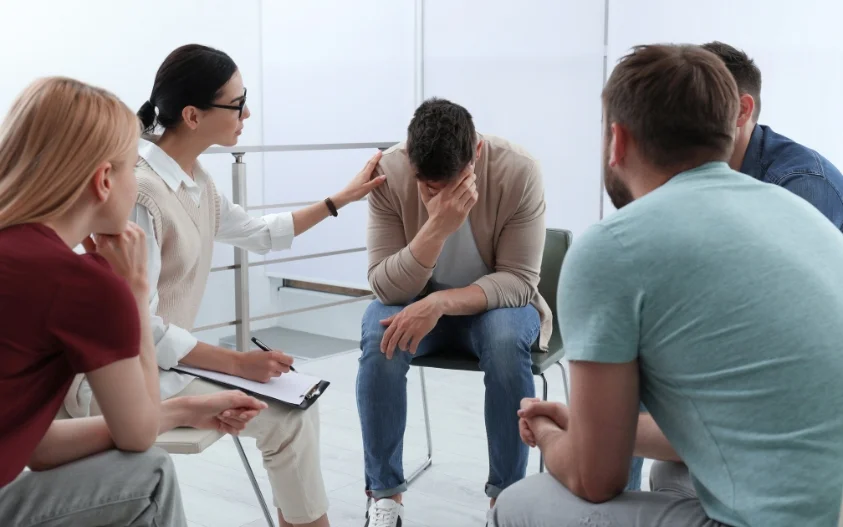
AEGIS Treatment Centers
AEGIS Treatment Centers, in Atascadero, California, is a 12 step-focused outpatient drug and alcohol...

The Haven
The Haven is a private and premier rehab center located in Grover Beach, California. The Haven speci...
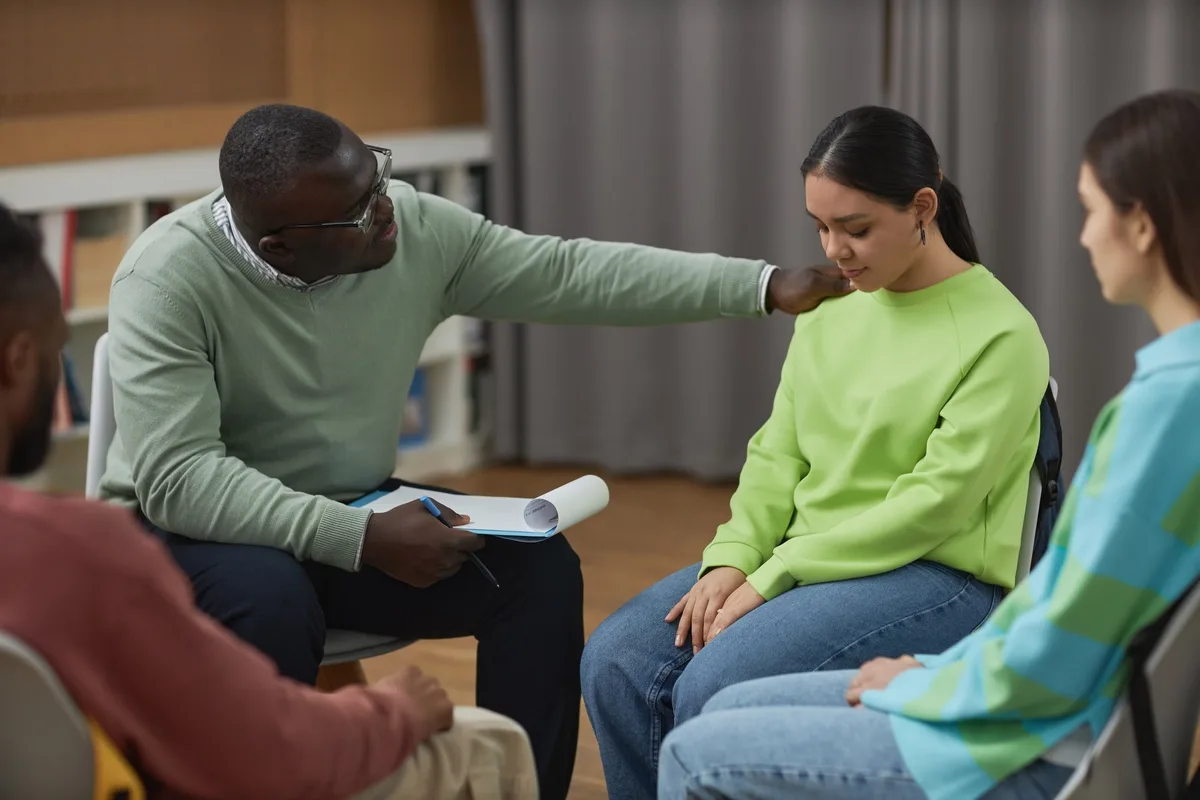
San Luis Obispo Addiction Recovery Center
San Luis Obispo Addiction Recovery Center is a private rehab located in San Luis Obispo, California....














North County Connection
North County Connection is a non-profit rehab located in Atascadero, California. North County Connec...

AlAnon
AlAnon is a non-profit rehab located in San Luis Obispo, California. AlAnon specializes in the treat...

Cottage Outpatient Center of San Luis Obispo
Cottage Outpatient Center of San Luis Obispo offers mental and behavioral healthcare services for ad...

AA – Alcoholics Anonymous
AA – Alcoholics Anonymous is a non-profit rehab located in San Luis Obispo, California. AA – Alcohol...

Project Amend
Project Amend is a private rehab located in San Luis Obispo, California. Project Amend specializes i...

Casa Solana
Casa Solana offers inpatient treatment for individuals with alcohol and/or substance addiction. The ...

San Luis Obispo Behavioral Health Drug and Alcohol Services
San Luis Obispo Behavioral Health Drug and Alcohol Services is a public organization located in San ...

San Luis Obispo County Drug amd Alcohol Services
San Luis Obispo County Drug amd Alcohol Services is a public rehab located in San Luis Obispo, Calif...

AA – Alcoholics Anonymous
AA – Alcoholics Anonymous is a non-profit rehab located in Paso Robles, California. AA – Alcoholics ...

County of San Luis Obispo – Adult Mental Health Services
County of San Luis Obispo – Adult Mental Health Services is a public rehab located in San Luis Obisp...

Balance Treatment Center
Balance Treatment Center - Bishop Street offers intensive outpatient and inpatient services for indi...

WestCare – LTOP at California Men’s Colony East
WestCare–LTOP Men’s Colony East, in San Luis Obispo, California, provides mental health and addictio...

The Haven at Pismo – Mesa House
The Haven at Pismo – Mesa House is a drug and alcohol rehab located in Arroyo Grande, California. Th...

The Haven at Pismo – The Pines
Located on California's Central Coast, The Haven at Pismo - The Pines offers recovery services for m...

The Haven at Pismo – Solana House
The Haven at Pismo - Solana House offers recovery services for men with a holistic methodology, insi...

San Luis Obispo County – Drug and Alcohol Services
San Luis Obispo County – Drug and Alcohol Services is a private rehab located in Atascadero, Califor...
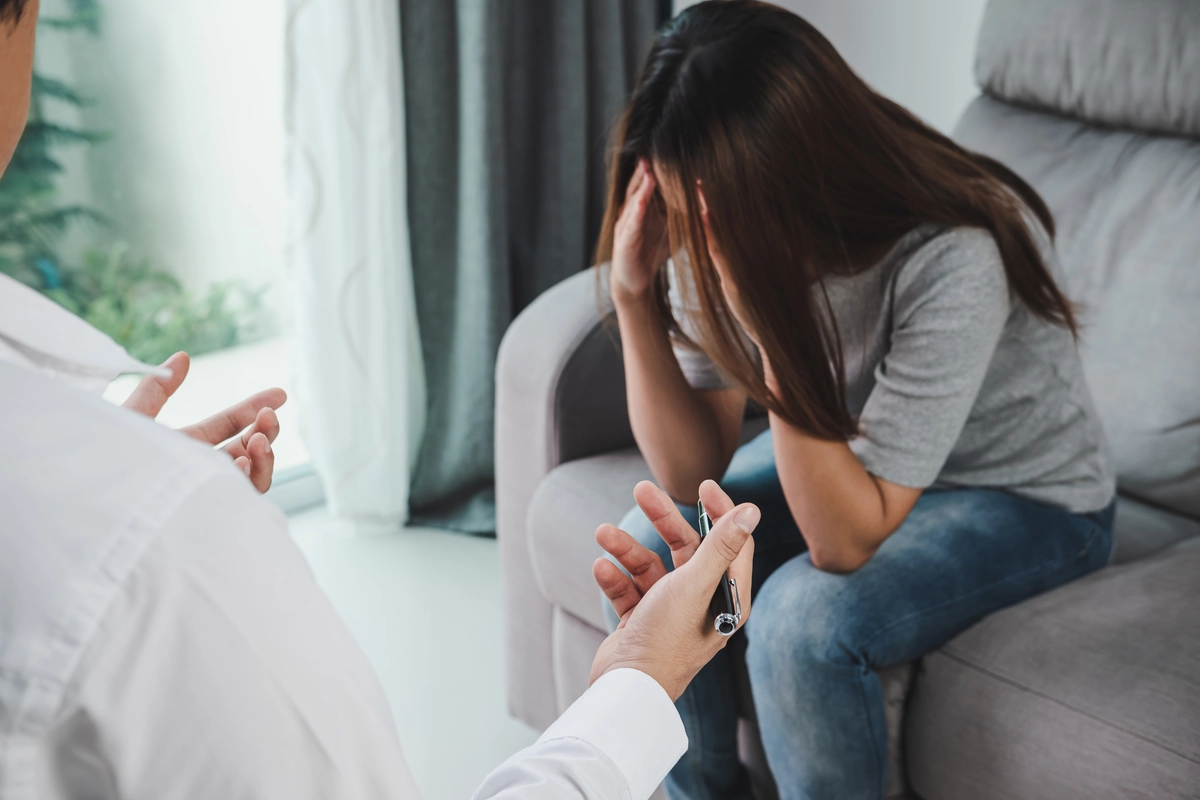
Crossroads Behavioral Health
Crossroads Behavioral Health - Cottonwood Road offers outpatient treatment for individuals with alco...









































































